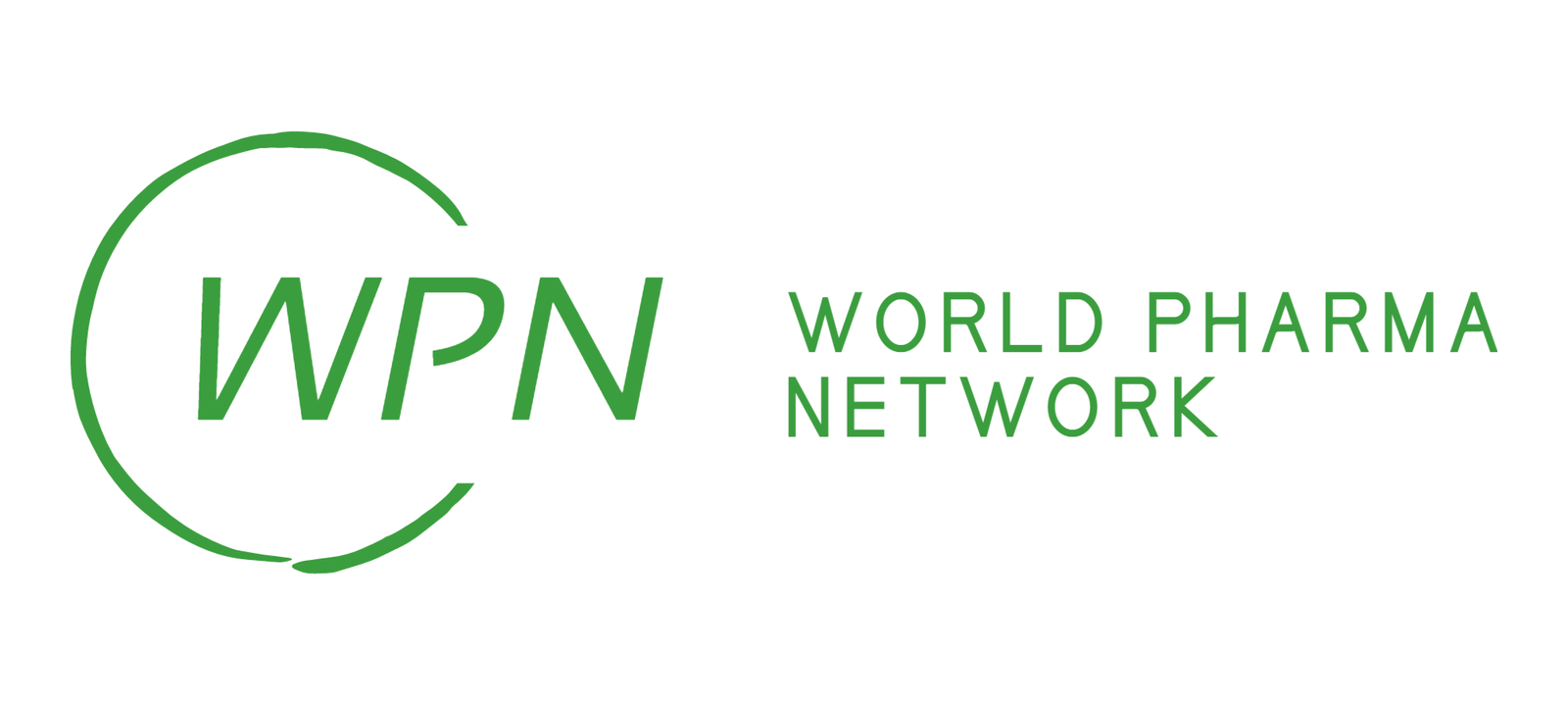Import testing is performed to confirm the lawful supply chain at the arrival of pharmaceutical products in a country. But risks of the illegitimate supply chain and trading may remain even after reaching the product within a country.
Therefore, import testing alone cannot reduce all the significant risks associated with the quality and safety of medicines.
The import testing is not also an effective measure to control the risk associated with the manufacturers including Good Manufacturing Practices (GMPs) and Good Distribution Practices (GDPs).
Real-time oversight is a trend of current practice which compliance with the post-marketing surveillance testing of pharmaceutical products to check the ongoing quality response of the product which is highly relevant to counteract forge supply or supply interruptions.
Real-time oversight can reduce the incidence of product withdrawal risk from the industry by improving regulatory compliance. This could further help to supervise wider issues related to product crisis management and also high-light under-researched area under pharmaceutical products.
Real-time oversight is a part of GMP. It is applied in every step of pharmaceutical product manufacturing and distribution to uphold quality control. Real-time oversight is started at the very beginning of the manufacturing of Pharmaceutical products.
All the materials which have used in production should be quality checked according to the written procedure mentioned in the SOP (Standard Operating System) of the processing, packaging, labeling, storage, dispensing, and distribution.
Real-time oversight is usually required to maintain the batch-wise record of every manufacturing of any pharmaceutical products. Appropriate laboratory documentation requires to satisfy the conformity for each batch is maintained before release the finished product for sale and supply.
Any product manufacturing process fails to comply with the established specifications or product does not match the relevant quality criteria should be rejected.
There are different kinds of establishments require in the drug distribution chain which include production sites, storage, or warehouse facilities. Whereas, pharmacies, hospitals, clinics, sports, and stores are the different establishments for the supply, sale, dispensing, and distribution of Pharmaceutical products. Real-time oversight also requires to monitor the aspects:
- Pharmaceutical products, which are prescribed or allow to sell n pharmacy must be sold and supply in the presence of registered pharmacists only.
- Registered/licensed premises have the only legal authority to sell and supply prescribed pharmaceutical products.
- A valid prescription is an utmost need to sell pharmaceutical products, which are categorized under prescription drugs.
- Over-the-counter (OTC ) pharmaceutical products must be sold in registered/licensed premises under the supervision of a registered pharmacist. Registration or license should be issued from the appropriate governmental department.
- The national or supranational registration/ licensing authority has the authority to declare any pharmaceutical products as prohibited drugs.
